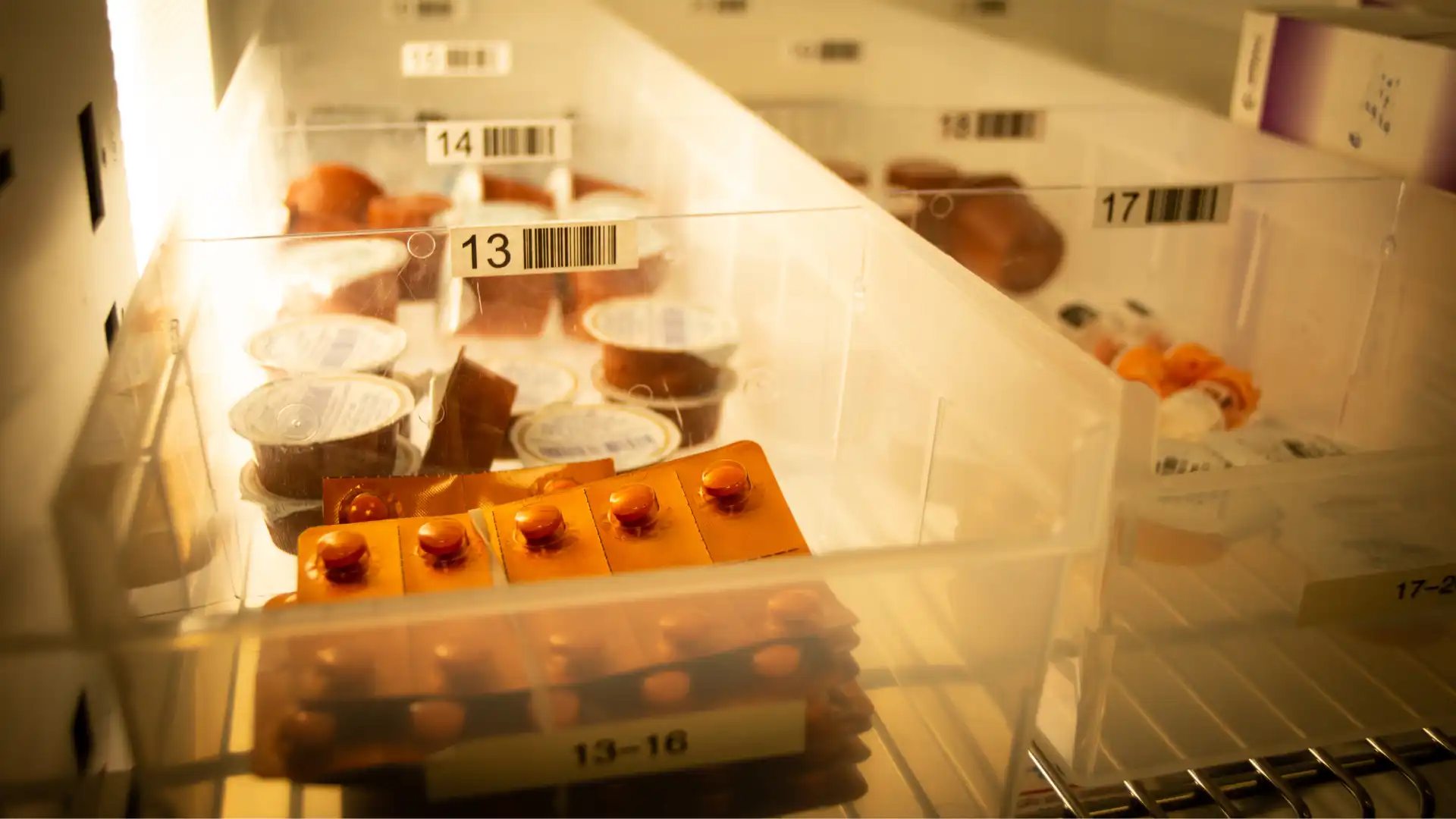
The pharmaceutical industry is witnessing an unprecedented surge in the demand for cold chain logistics, especially in the realm of last-mile delivery. Ensuring that temperature-sensitive pharmaceutical products reach their destination without compromising their efficacy is of paramount importance. Here’s how the refrigerated trucking industry is optimizing the last mile for cold chain pharma products:
Cold Chain Packaging Solutions
One of the primary defenses against temperature fluctuations is optimized tertiary cold chain packaging. The right packaging can maintain product integrity, preserve potency, and prevent spoilage. Innovations in packaging materials and technologies are continually emerging, offering solutions that cater to specific temperature requirements and transit durations.
Real-time Temperature Monitoring
With the advent of IoT and advanced sensors, real-time temperature monitoring has become a staple in cold chain logistics. These technologies allow for immediate intervention if temperatures deviate from the desired range, ensuring product safety.
Route Optimization
Leveraging advanced analytics and predictive algorithms, logistics providers can determine the most efficient routes. This not only ensures timely deliveries but also minimizes the exposure of products to external temperature variations.

Specialized Training for Handling
Human error can be a significant factor in the degradation of cold chain pharma products. Specialized training programs for personnel involved in the handling, storage, and delivery of these products can mitigate risks. This includes procedures for loading/unloading, storage protocols, and emergency response actions in case of equipment failure.
Collaboration with Local Partners
For international shipments, collaborating with local logistics partners familiar with regional challenges and regulations related to pharma products can streamline the last-mile delivery process. These partners can offer insights into local infrastructure, weather patterns, and potential bottlenecks.

Contingency Planning
Despite all precautions, unforeseen challenges can arise. Having a robust contingency plan in place ensures that there’s a clear course of action in case of equipment malfunctions, route disruptions, or other emergencies. This could include backup storage facilities, alternative transportation modes, or emergency response teams.
As the demand for cold chain pharma products continues to grow, so does the need for optimized last-mile delivery solutions. By integrating technology, training, and strategic planning, the refrigerated trucking industry can ensure that these vital products reach their destinations safely and effectively.
Back to blogYou may also be interested in

Solving the Refrigerated Freight Bottleneck: A Customer’s Guide to Reefer Expedite
The refrigerated freight is one of the most demanding segments of logistics. Unlike dry freight, temperature-sensitive goods don’t get second chances. If a load arrives late or the temperature drifts outside compliance ranges, the shipment can lose its entire value. For customers, that means one mistake can turn into thousands of dollars in losses and […]

Airport Delays and Temperature Risk: How Forwarders Mitigate the Gap
Airports are the heartbeat of global trade, connecting perishable goods to every corner of the world. But for refrigerated freight, airports are also one of the riskiest points in the journey. Unlike long-haul reefer trucking, where temperature can be monitored and maintained throughout, airports introduce multiple variables, such as customs clearance, handling procedures, flight schedules, […]
